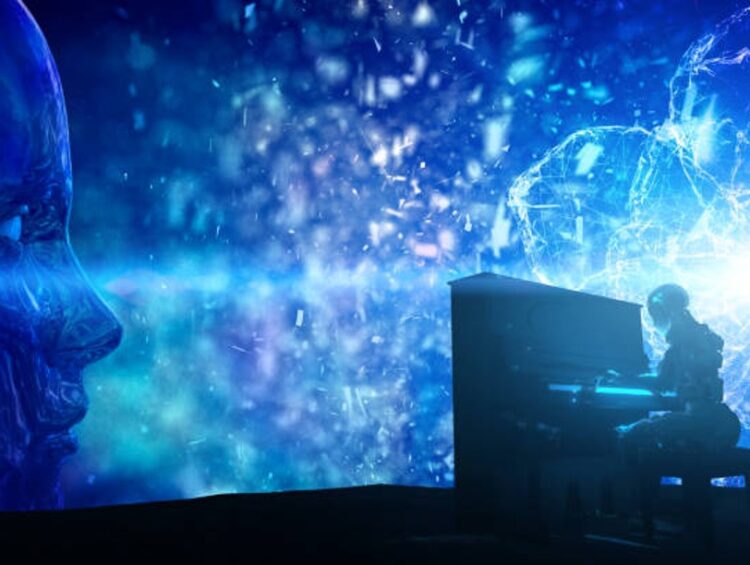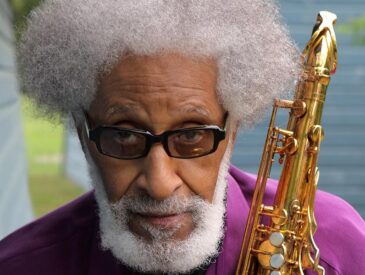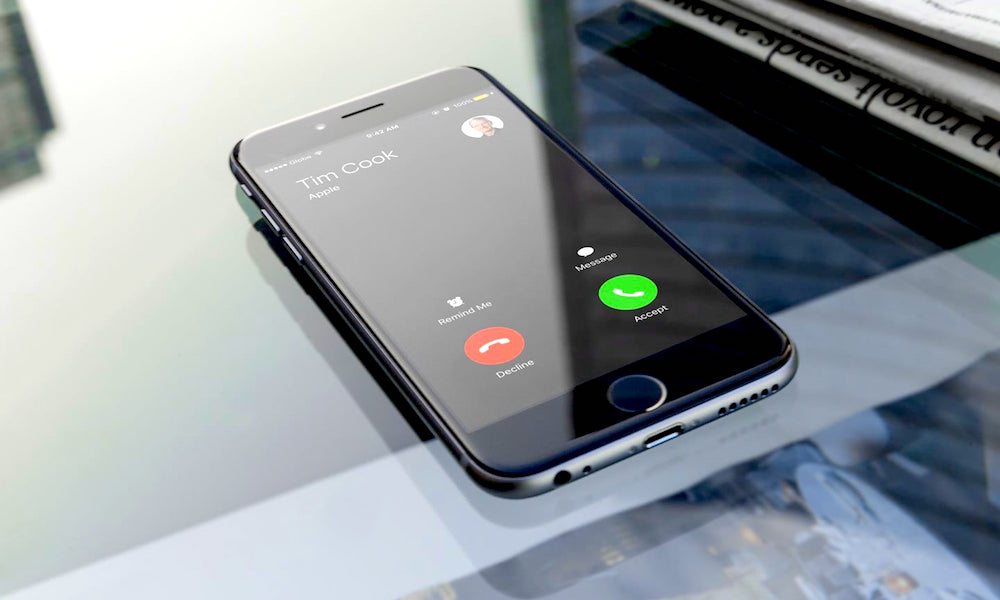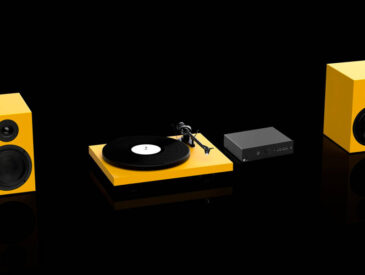Introduction
As a musician and sound enthusiast, I have always been fascinated by the endless possibilities of creating unique and innovative sounds. In recent years, artificial intelligence (AI) has emerged as a powerful tool that can revolutionize the way we compose music and produce sounds. In this blog post, I will explore how you can harness the power of AI to create amazing music and sounds that push the boundaries of creativity.
What is AI in Music?
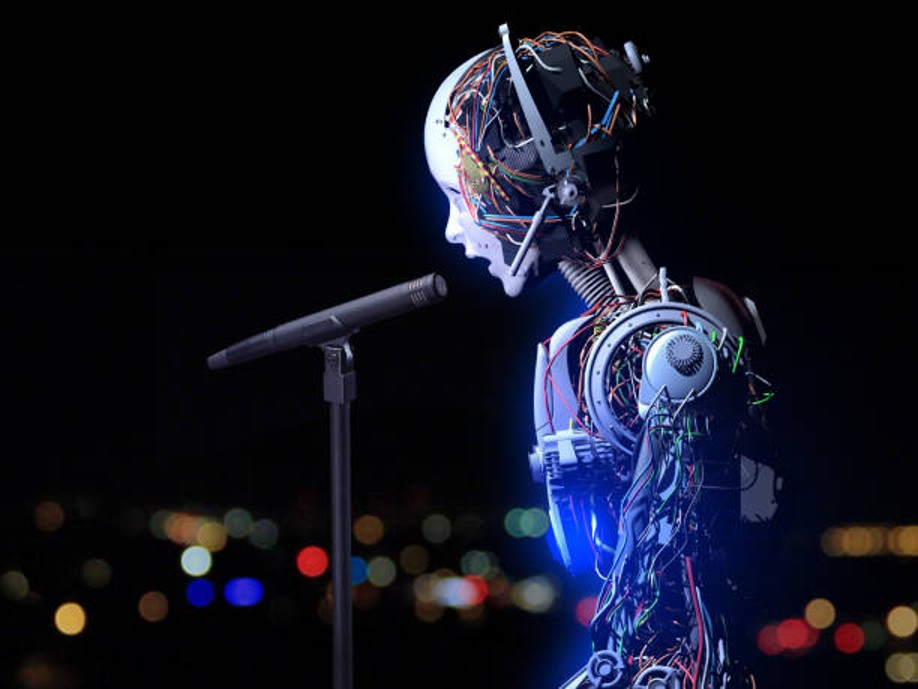
Artificial intelligence in music refers to the use of computer algorithms and machine learning techniques to generate, manipulate, and enhance musical compositions and sounds. AI-powered music systems can analyze vast amounts of data, learn patterns, and generate new compositions based on the input provided.
Exploring AI Music Tools

There are several AI-powered tools and platforms available today that can assist you in making amazing music and sounds. Let’s dive into some of the most popular options:
1. AI Composition Tools
These tools use machine learning algorithms to analyze existing musical compositions and generate new melodies, harmonies, and rhythms. They can help you break through creative blocks by providing fresh ideas and inspiration. Some notable AI composition tools include:
- FilmStro
- Jukedeck
- OpenAI’s MuseNet
2. AI Sound Design Tools
AI sound design tools allow you to create unique and innovative sounds by manipulating existing audio samples or generating new ones. These tools leverage machine learning techniques to understand and modify sound characteristics. Notable AI sound design tools include:
- Google Magenta’s NSynth
- Soundraw
- Klevgrand’s Jussi
3. AI Mixing and Mastering Tools
AI-powered mixing and mastering tools can analyze your audio tracks and apply automated techniques to enhance the overall sound quality. These tools can help you achieve professional-level results even if you lack extensive mixing and mastering experience. Some popular AI mixing and mastering tools are:
- iZotope’s Ozone
- LANDR
- Accusonus’ ERA Bundle
How to Get Started with AI Music and Sounds?

Now that you’re familiar with some of the AI tools available let’s explore how you can get started creating amazing music and sounds using AI:
1. Experiment and Explore
Start by experimenting with different AI tools and platforms. Explore their features and capabilities to understand how they can assist you in your creative process. This hands-on experience will help you discover the best tools that align with your musical style and preferences.
2. Collaborate with AI
Consider AI as a collaborator rather than a replacement for your musical skills. Use AI tools to generate ideas, inspire your creativity, and enhance your compositions. Mix your human touch with the unique capabilities of AI to create something truly remarkable.
3. Iterate and Refine
Remember that AI is a tool that can assist you in refining your musical ideas. Iterate and refine your compositions based on the generated results. Don’t be afraid to experiment and make adjustments until you achieve the desired outcome.
The Future of AI in Music
As AI technology continues to advance, we can expect even more exciting developments in the field of AI-generated music and sounds. From improved composition algorithms to more sophisticated sound design tools, the possibilities are endless. Here are some key areas to keep an eye on:
- Advancements in Composition Algorithms
- Interactive and Adaptive AI Systems
- Enhanced Sound Design Capabilities
- Collaborative AI Systems
- AI as a Music Education Tool
- Ethical Considerations and Copyright
Embrace the power of AI, and you’ll find yourself at the forefront of musical innovation.
Conclusion
Artificial intelligence has opened up a world of possibilities in music creation and sound design. By leveraging AI-powered tools, we can push the boundaries of creativity, explore new sonic landscapes, and create truly amazing music and sounds. Embrace the future of music production by incorporating AI into your creative process, and watch your musical ideas come to life in ways you never thought possible.

